Pandurang Ekadashi, alternatively referred to as Devshayani Ekadashi or Ashadhi Ekadashi, is one of the most revered days in Hinduism. On July 6th, 2025, it falls on a Sunday. It signals the start of Chaturmas—a four-month phase of spiritual value and importance.
This Ekadashi holds a special place in the hearts of Lord Vitthal (Panduranga Vithoba) of Pandharpur, Maharashtra’s devotees. It represents divine love, surrender, and the unending relationship between the devotee and God.
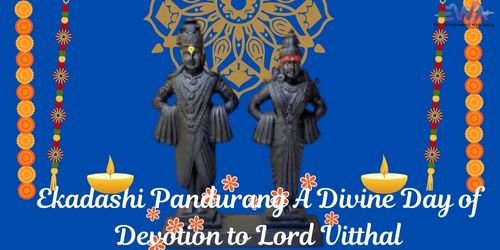
Why Pandurang Ekadashi is Celebrated?
1. Mythological Importance
In Hindu scriptures, it is said that Lord Vishnu starts His divine slumber (Yoga Nidra) on Devshayani Ekadashi and wakes up on Prabodhini Ekadashi (after four months). It is this Chaturmas where gods sleep and spiritual devotion increases.
2. The Story of Pundalik & Lord Vitthal
The Pandurang Ekadashi is closely linked to the myth of Pundalik, a dutiful son whose unselfish service to his parents inspired Lord Krishna (Vitthal) to come before him in Pandharpur. The Lord was standing on a brick, waiting for Pundalik, representing patience and devotion.
3. The Wari Tradition – A Pilgrimage of Love
Millions of devotees (Warkaris) make a 21-day journey (Dindi Yatra) to Pandharpur, singing abhangas (devotional songs) of saints Tukaram and Dnyaneshwar. The grand procession is completed on Ashadhi Ekadashi, when devotees perform a holy bath in the Chandrabhaga River and ask for blessings at the Vitthal-Rukmini Temple.
How is Pandurang Ekadashi Celebrated?
1. Fasting (Vrat) – A Day of Spiritual Discipline
It is a day when devotees keep a strict fast, excluding grains, beans, and non-vegetarian food.
Some keep a Nirjala fast (no water at all), while others take fruits and milk.
2. Chanting & Bhajans
The unabuttered chanting of “Vitthal Vitthal” and singing of abhangas keep the atmosphere re-charged with divine energy.
Devotees chant the Vishnu Sahasranama or read the Bhagavad Gita.
3. Pilgrimage to Pandharpur & Other Shrines
The Vitthal-Rukmini Temple at Pandharpur is thronged by huge crowds.
Devotees also go to other Vishnu/Vitthal temples, particularly in Maharashtra and South India.
4. Charity & Seva (Selfless Service)
Giving food, clothes, and necessities to the poor is highly auspicious.
Some arrange community feasts (Anna Dana) for pilgrims.
5. The Grand Procession (Wari)
The Palkhi (palanquin) processions bearing the padukas (shoes) of saints such as Tukaram and Dnyaneshwar go from Alandi and Dehu to Pandharpur.
Barefoot pilgrims march singing and dancing in devotion.

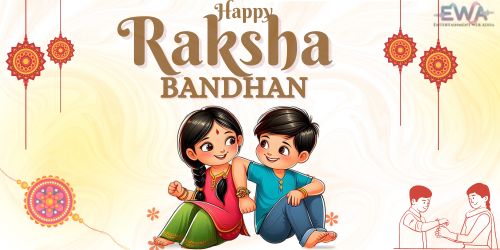

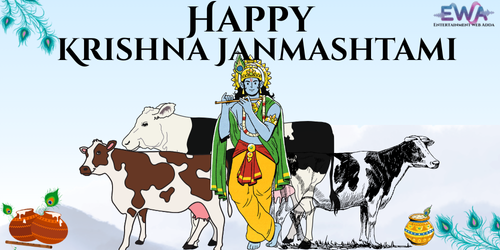
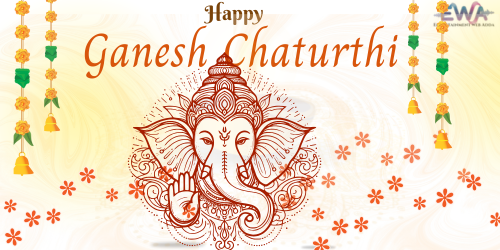
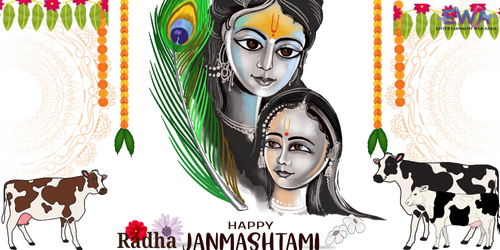
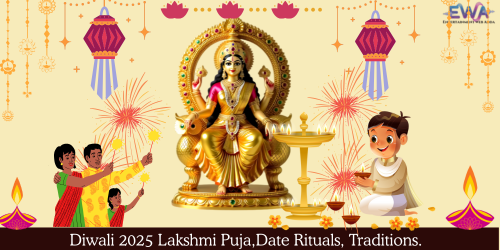
Pingback: Guru Purnima 2025 Celebrating the Guru-Shishya Tradition -